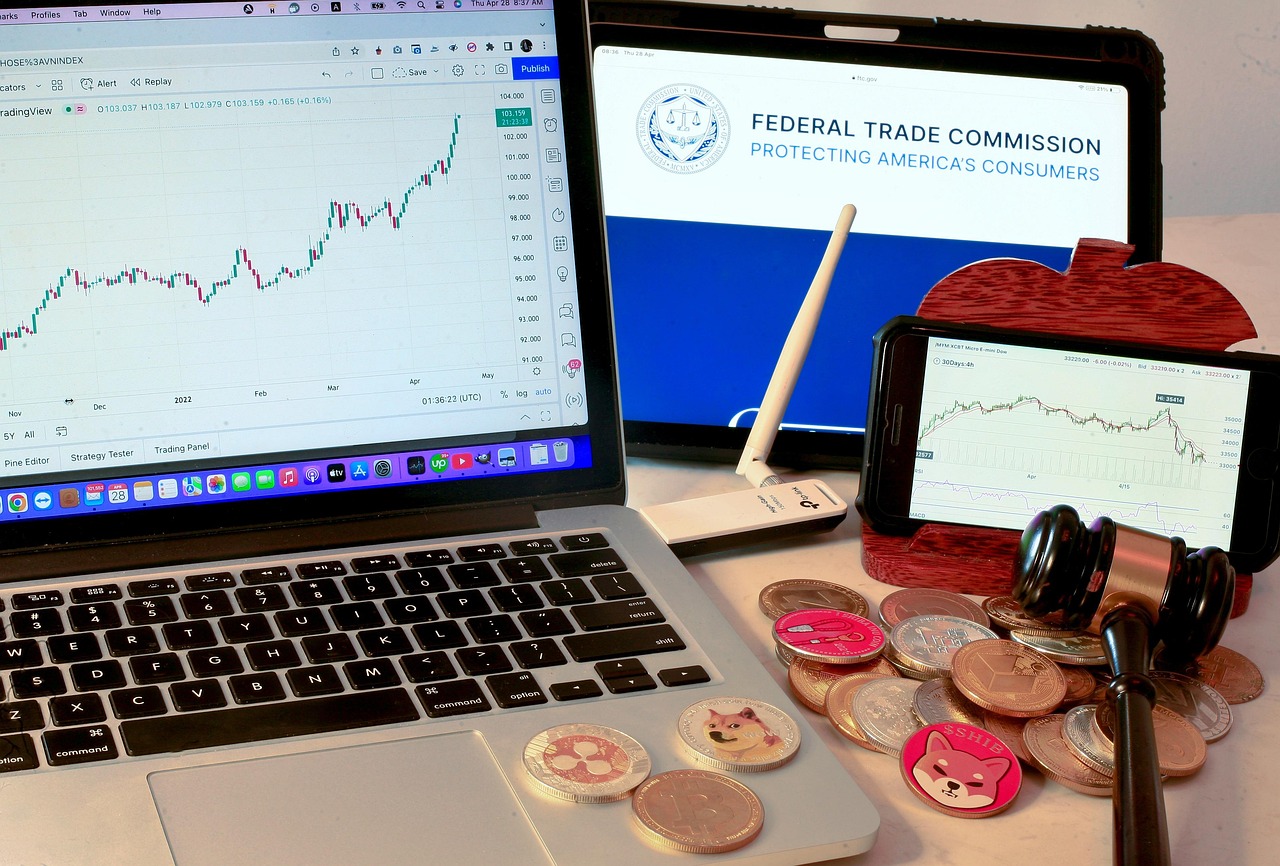The crypto world is buzzing again — this time because a Bitcoin whale $9.5 billion crypto sale shocked the market, as one massive whale moved a staggering $9.5 billion worth of BTC in a single transaction. Such a huge move instantly caught the attention of traders, investors, and blockchain analysts across the globe, sparking debates about what this means for Bitcoin’s price and the overall crypto market.
But what exactly does this mean for the crypto market?
To understand this, we first need to know what a “Bitcoin whale” is. In crypto terms, whales are individuals or institutions that hold huge amounts of cryptocurrency, often enough to influence prices when they make big moves.
Large whale transactions can cause fear or excitement in the market because they sometimes precede major price swings, either up or down.
In this article, we’ll break down what happened, why this massive transfer took place, how it impacted Bitcoin’s price, and what it could signal for the future of the crypto market.
What Is a Bitcoin Whale?
In crypto, a “whale” refers to a person or entity that holds a large quantity of a particular coin — usually more than 1,000 BTC in the case of Bitcoin.
These whales can be early adopters, institutional investors, or crypto exchanges managing wallets with billions in digital assets.
Whale activity is closely tracked using blockchain analytics tools such as Whale Alert, Glassnode, and CryptoQuant. These tools can identify large on-chain movements, often alerting the public when major transfers happen.
Historical Examples of Whale Impact
- In 2017, several whale sell-offs coincided with Bitcoin’s temporary price drops before its bull run to $20,000.
- During the 2021 bull cycle, whales shifting funds to exchanges signaled selling pressure that preceded market corrections.
For traders and analysts, monitoring whale behavior provides key insights into market sentiment and potential price trends.
Details of the $9.5 Billion Bitcoin Whale Transaction
Blockchain data recently revealed that a single Bitcoin wallet moved $9.5 billion worth of BTC, one of the largest transactions in Bitcoin’s history.
Analysts observed the movement through Whale Alert, a platform that tracks large crypto transfers in real time. The transaction involved the transfer of over 145,000 BTC, but importantly, there were no signs of immediate liquidation on exchanges.
That suggests the movement might have been:
- An internal wallet reorganization by a large institution or exchange (like Coinbase or Binance).
- A security move — shifting coins to a cold wallet for safer storage.
- A part of an OTC (over-the-counter) transaction, where large deals happen privately to avoid market volatility.
Why the Whale Might Have Moved the Funds
Big crypto moves like this always spark speculation. Here are the most likely explanations:
1. Preparing for a Major Sale
Sometimes, whales move coins to exchanges before liquidating part of their holdings. However, since exchange inflows didn’t increase this time, that theory seems less likely — at least for now.
2. Transferring to Cold Storage
Large holders often transfer assets to cold wallets for better security, especially before volatile periods. It could indicate long-term holding rather than selling.
3. Institutional Activity or Exchange Reshuffling
Big exchanges often move massive sums internally for accounting, wallet maintenance, or consolidation purposes.
4. OTC (Over-the-Counter) Trade
Institutions often conduct private trades that don’t affect the open market directly. This keeps BTC prices stable while large ownership transfers occur behind the scenes.
5. Portfolio Rebalancing
Whales may move funds to rebalance exposure between BTC and altcoins, stablecoins, or fiat assets.
Market Reaction and Price Impact
The market’s reaction to the $9.5 billion transfer was cautious but not panicked.
Immediately after the transaction, Bitcoin’s price briefly dipped 1.5%, only to recover later in the day. Analysts noted slight increases in trading volume, as traders speculated on the motive behind the move.
Community Sentiment
On social media platforms like Twitter (X) and Reddit, traders debated whether the move was bearish or neutral.
- Some believed it signaled a potential sell-off.
- Others viewed it as internal exchange activity — routine and harmless.
Historical Comparison
In 2021, a similar whale movement of around $5 billion caused panic selling that dropped BTC 10% overnight. This time, the market’s response was more mature, reflecting growing confidence and institutional stability.
What This Means for Crypto Investors
For retail investors, seeing a multi-billion-dollar Bitcoin transfer can be intimidating. But here’s the truth — not all whale moves are bearish.
1. Don’t Panic — Look at Context
Many whale movements are just internal wallet transfers or security measures. Always verify using trusted analytics before reacting emotionally.
2. Use Whale Data as a Signal, Not a Trigger
Whale tracking should be part of your market analysis toolkit, but it shouldn’t dictate your trading decisions.
3. Focus on Long-Term Trends
Bitcoin’s price is shaped by macroeconomic factors, adoption rates, and institutional flows, not just a single transaction.
4. Stay Diversified
Whale activity can temporarily shake the market. Diversifying your crypto portfolio can help reduce risk.
Broader Implications for the Crypto Market
The $9.5 billion whale transfer highlights Bitcoin’s growing institutional scale. Moving billions in minutes — securely and transparently — showcases blockchain’s efficiency.
1. Liquidity and Market Stability
Large transfers can momentarily affect liquidity if they signal selling. However, in this case, BTC liquidity remained steady, showing market maturity.
2. Institutional Confidence
Such large movements often come from institutions managing large holdings. This indicates confidence in Bitcoin’s long-term value, even amid short-term volatility.
3. Ripple Effect on Altcoins
Altcoins like Ethereum (ETH), Solana (SOL), and XRP often react to whale activity in Bitcoin since BTC dominates overall market sentiment. Traders may see temporary shifts in altcoin volume following big Bitcoin moves.
4. Macro and Regulatory Context
Global factors — like U.S. interest rate decisions, ETF inflows, and regulatory updates — amplify the impact of whale activity. When combined, they can create either a perfect bullish storm or a temporary correction.
Expert Opinions and Industry Commentary
Several blockchain experts and analytics firms weighed in on the whale transfer:
- Glassnode analysts noted that the coins didn’t move to an exchange, suggesting no immediate sell pressure.
- Santiment emphasized that whale wallet activity remains high, often a precursor to volatility.
- CryptoQuant CEO Ki Young Ju commented that “whale accumulation has historically preceded major bull runs.”
Some analysts believe this move could signal institutional positioning ahead of upcoming events like Bitcoin’s next halving or ETF approvals. Others remain neutral, noting that whale activity doesn’t always translate into price moves.
What to Watch Next
To stay informed, investors should monitor:
- Exchange inflows/outflows – rising inflows can signal selling pressure.
- Whale wallet activity – consistent accumulation often precedes rallies.
- Market sentiment indices like the Crypto Fear & Greed Index.
- Upcoming catalysts – such as the 2025 Bitcoin halving and regulatory decisions on BTC ETFs.
Conclusion
The $9.5 billion Bitcoin whale transfer is one of the largest in history — but not necessarily a sign of panic.
Instead, it shows how far the crypto market has matured, with whales, institutions, and exchanges managing enormous sums smoothly.
For investors, the key takeaway is to stay data-driven, calm, and long-term focused. Big transactions can stir emotions, but context and research will always guide the smartest decisions.
FAQs
1. What is a Bitcoin whale in crypto terms?
A Bitcoin whale is an individual or organization holding a large amount of BTC, typically more than 1,000 coins.
2. How can I track whale activity myself?
You can use platforms like Whale Alert, Glassnode, or CryptoQuant to monitor large on-chain transfers.
3. Does a whale transfer always mean a market crash?
No. Many whale transfers are internal or security-related and don’t directly affect the market price.
4. Why are whale moves so important for traders?
Because large transfers can signal upcoming volatility, market confidence, or major sales.
5. How often do large transfers like this happen?
Whale transactions occur regularly, but ones above $5 billion are rare and usually involve institutions or exchanges.
6. How do whale movements affect Bitcoin’s volatility?
Whale movements can increase short-term volatility, as traders react to large transactions. However, long-term price trends usually depend on broader market conditions.
7. Can whale tracking help predict Bitcoin’s next move?
While not 100% accurate, whale tracking can offer hints. For example, large inflows to exchanges often signal possible selling, while outflows to cold wallets may indicate holding.
8. How do analytics tools identify whale wallets?
Blockchain analytics platforms group addresses by ownership patterns, transaction history, and size. When one wallet consistently handles thousands of BTC, it’s flagged as a “whale.”
9. Are all Bitcoin whales individuals?
No. Many whales are institutions, crypto exchanges, or funds managing large pools of assets for clients.
10. What’s the difference between a whale move and a normal transaction?
Whale transactions involve millions or billions of dollars worth of crypto, while normal transactions are much smaller and don’t significantly affect market sentiment.
11. Could governments or ETFs be behind whale movements?
It’s possible. Institutions, ETFs, and custodial firms often move huge sums for safekeeping or regulatory compliance without intending to sell.
12. How do whale actions influence altcoins?
Since Bitcoin dominates the crypto market, large BTC moves can shift liquidity and sentiment, often leading altcoins like Ethereum or Solana to follow similar trends.
13. What should small investors do when whales move funds?
Don’t panic. Verify facts from blockchain data and reputable news sources before making investment decisions.
14. Can whale activity trigger a bull or bear run?
In some cases, yes. Whale accumulation can precede bull markets, while massive exchange inflows from whales may signal an upcoming correction.
15. Where can I find reliable whale movement updates?
Follow analytics platforms like Whale Alert, Glassnode, Santiment, and CryptoQuant, or check crypto news sites for verified whale movement reports.
Disclaimer
This article is for informational purposes only and should not be taken as financial or investment advice. Always do your own research and consult a licensed financial advisor before making any investment decisions.


